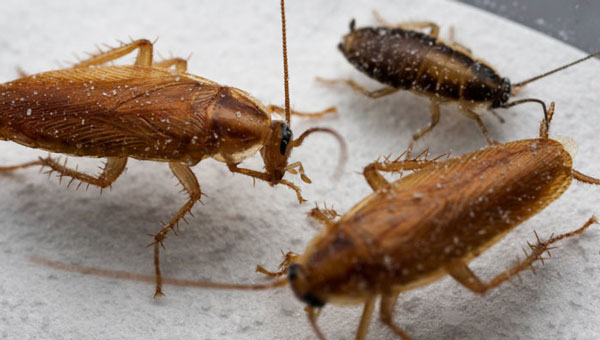When tackling a German cockroach (Blattella germanica) infestation, baits and residual sprays are essential for the initial population knockdown. But what about the nymphs that hatch a week later? What about the few individuals that may not encounter a lethal dose? This is where insect growth regulators (IGRs) become a non-negotiable part of a long-term solution.
IGRs are not a quick kill; they are a long-term “insurance policy” that ensures the cockroach population cannot rebound.
Key takeaways:
- IGRs stop the life cycle: Insect growth regulators are not fast-acting poisons. They are compounds that disrupt the normal molting and development of insects, preventing nymphs from becoming reproductive adults.
- Two main types: The most common IGRs used in cockroach control are juvenile hormone mimics (e.g., pyriproxyfen) and chitin synthesis inhibitors.
- The “Insurance Policy”: Using an IGR is a long-term strategy. It ensures that any survivors of an initial treatment cannot reproduce, leading to total colony collapse over time.
What is an insect growth regulator?
IGRs are compounds that interfere with the normal development of an insect. In a cockroach program, they are typically used in two main forms:
- Juvenile hormone mimics (such as pyriproxyfen): These compounds mimic the insect’s own juvenile hormone. When a late-stage nymph is exposed to it, the IGR essentially “tricks” its body into thinking it’s still a juvenile, preventing it from successfully molting into a normal, reproductive adult.
- Chitin synthesis inhibitors: These compounds, less common in cockroach control, interfere with the insect’s ability to form chitin, a key component of its exoskeleton.
How IGRs work: Disrupting the life cycle
When a cockroach nymph is exposed to a juvenile hormone mimic IGR, its development is catastrophically disrupted. It may fail to molt, or it may molt into an adult that is sterile and physically deformed, often with twisted, useless wings. These affected adults cannot reproduce, which effectively stops the next generation from ever starting.

This mode of action is why IGRs are not a “quick fix.” They will not kill the adult cockroaches that are already present. Their target is the nymphs—the future of the infestation.
The strategic advantage: An “Insurance Policy”
The primary goal of a German cockroach program is total elimination. Baits and residual sprays are used to kill the active population, but it is nearly impossible to be 100 percent certain that every single individual and ootheca has been eliminated.
This is where the IGR comes in. By applying an IGR, you are leaving behind a long-lasting residual that acts as an insurance policy. Any nymphs that hatch from a hidden ootheca, or any that survived the initial treatment, will be exposed to the IGR and will be unable to mature into reproductive adults.
This breaks the reproductive cycle and ensures the population will crash to zero, preventing the frustrating “rebound” that PMPs often see a few months after a seemingly successful clean-out. Using an IGR is the key to moving from temporary suppression to true, long-term elimination.
To learn more about building a comprehensive cockroach control strategy, explore our full guide, Cornering Cockroaches: The PMP’s Ultimate Guide to Modern Control.
Leave A Comment